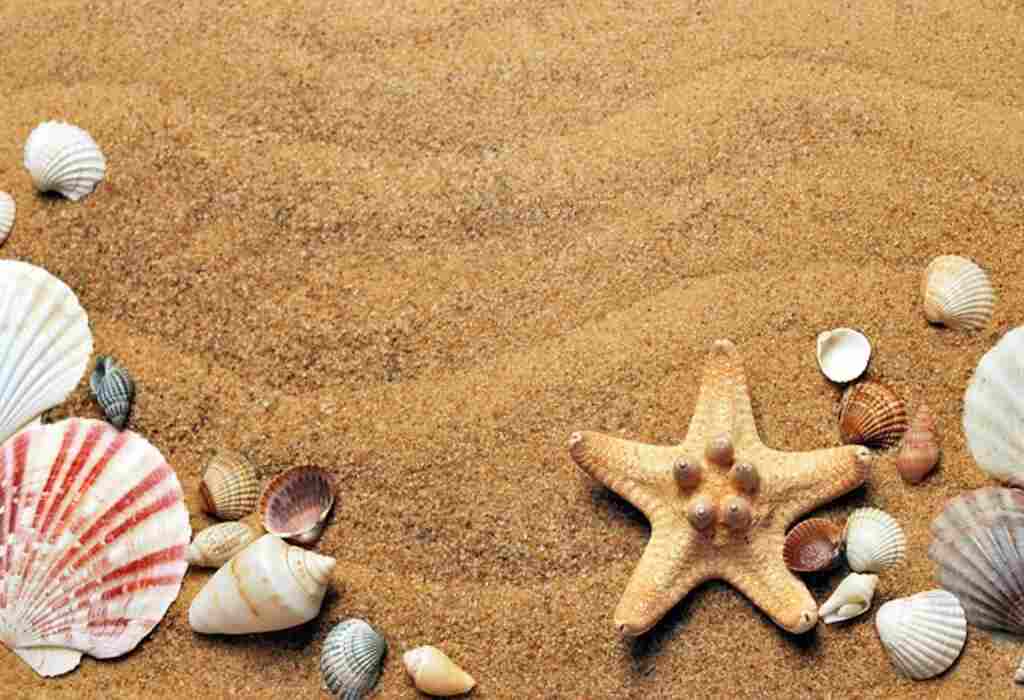How Did Sint Maarten Get Its Name? Revealing the Mystery!
Have you ever wondered how places get their names? Sint Maarten, a beautiful island in the Caribbean Sea, is among the many places whose name has puzzled many for ages.
The origin of its name is shrouded in mystery, but there are stories and theories that attempt to explain it.
Names have immense cultural and historical significance, often reflecting the unique characteristics and identity of a place.
The name of Sint Maarten, therefore, is a reflection of its rich history and diverse cultural influences.
In this article, we will delve into the origin and meaning of “how did Sint Maarten get its name?”, exploring the linguistic, cultural, and historical factors that shaped it over time.
Table of Contents
- 1 Key Takeaways
- 2 How Did Sint Maarten Get Its Name
- 3 A Brief Overview of Sint Maarten’s History
- 4 Early Naming of Sint Maarten
- 5 Exploring the Etymology of Sint Maarten
- 6 The Influence of Dutch and Spanish Culture on Sint Maarten’s Name
- 7 The Arrival of the French and the Impact on Sint Maarten’s Name
- 8 Legends and Folklore Surrounding Sint Maarten’s Name
- 9 The Modern-Day Significance of Sint Maarten’s Name
- 10 The Significance of Sint Maarten’s Name
- 11 Conclusion
- 12 Frequently Asked Questions about Sint Maarten’s Name
- 13 Author
Key Takeaways
- Sint Maarten was discovered by Christopher Columbus on November 11, 1493.
- The island was initially named ‘San Martin’ in honor of Saint Martin of Tours.
- Dutch influence led to the evolution of the name into ‘Sint Maarten.’
- The island is now divided into French Saint-Martin and Dutch Sint Maarten.
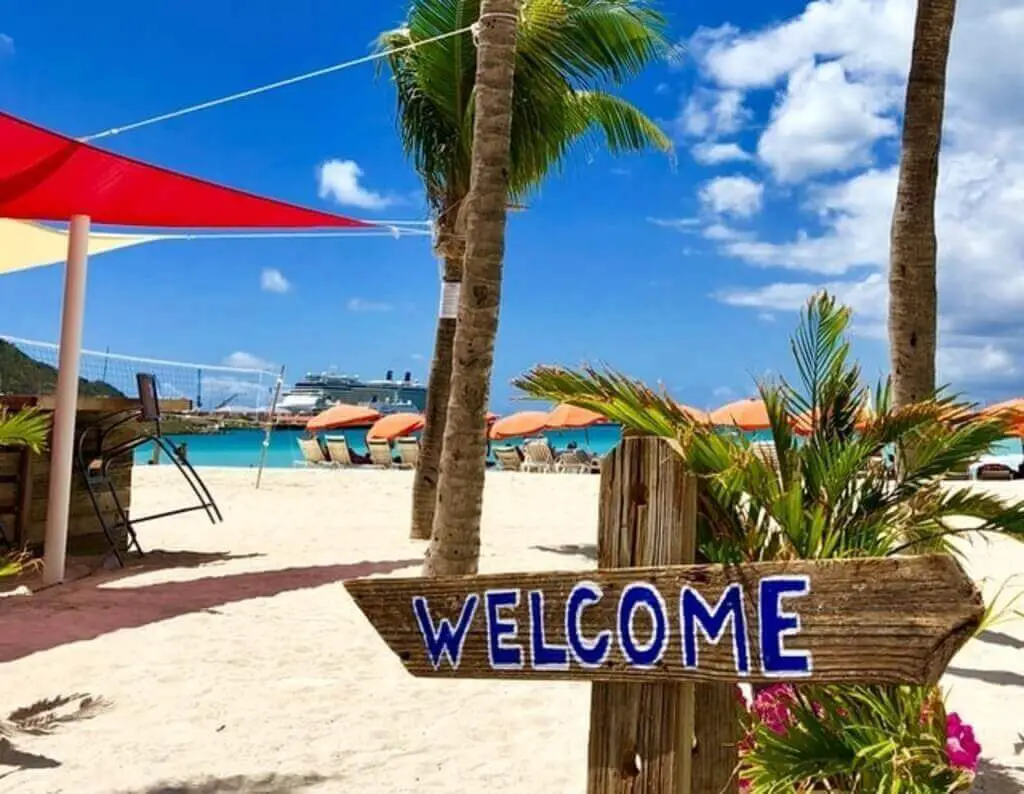
How Did Sint Maarten Get Its Name
Sint Maarten got its name from Christopher Columbus, who discovered the island on November 11, 1493, the feast day of St. Martin of Tours. The island was named ‘San Martin’ in honor of the saint.
Over time, the name evolved into ‘Sint Maarten’ due to Dutch influence. Today, the island is divided into two territories, French Saint-Martin and Dutch Sint Maarten, reflecting its historical background.
A Brief Overview of Sint Maarten’s History
Sint Maarten, a tropical island located in the Caribbean Sea, has a rich and complex history rooted in European colonization and African enslavement.
The island’s history can be traced back to the indigenous Arawak people, who inhabited the island prior to the arrival of European explorers in the late 15th century.
The island was first claimed by the Spanish in 1493, during Christopher Columbus’s second voyage to the Americas. The Spanish named the island “San Martin” after Saint Martin of Tours, a popular Christian saint at the time.
The Spanish did not establish a permanent settlement on the island, and by the mid-17th century, the island had been abandoned by the Spanish.
| Year | Event |
|---|---|
| 1631 | Dutch settlers establish a permanent settlement on Sint Maarten, naming it after Saint Martin of Tours. |
| 1648 | The Dutch and French divide the island between them, with the Dutch controlling the southern portion and the French controlling the northern portion. |
| 1817 | The Treaty of Paris recognizes the Dutch and French control of the island. |
In 1648, the Dutch established a permanent settlement on the island and named it Sint Maarten, after Saint Martin of Tours. The island was soon after divided between the Dutch and French, with the former controlling the southern portion and the latter controlling the northern portion. This division remains in place to this day, with Sint Maarten (Dutch) and Saint Martin (French) being the official names of the two sides of the island.
The island’s strategic location in the Caribbean made it a hotly contested site during the colonial period, with various European powers vying for control of its resources and strategic advantage. The island was used as a base for piracy and slave trading, with many Africans brought to the island to work on sugar and cotton plantations.
Today, Sint Maarten is a popular tourist destination known for its stunning beaches, vibrant nightlife, and diverse cultural heritage. The island continues to be a symbol of cultural exchange and resilience, as it has emerged from a tumultuous history to become a thriving tourist destination.
Early Naming of Sint Maarten
Before officially being named Sint Maarten, the island went through various other names throughout its history. One of the earliest names the island had was “Soualiga,” which is believed to have been given to the island by the indigenous Arawak people who lived there before the arrival of Europeans. Other names the island was known by include “Island of Salt” and “Island of Fire.”
When the Spanish arrived on the island in the 15th century, they named it San Martin, after Saint Martin of Tours. This name was then adopted by the Dutch when they colonized the island in the 17th century, but they added their own twist by calling it Sint Maarten.
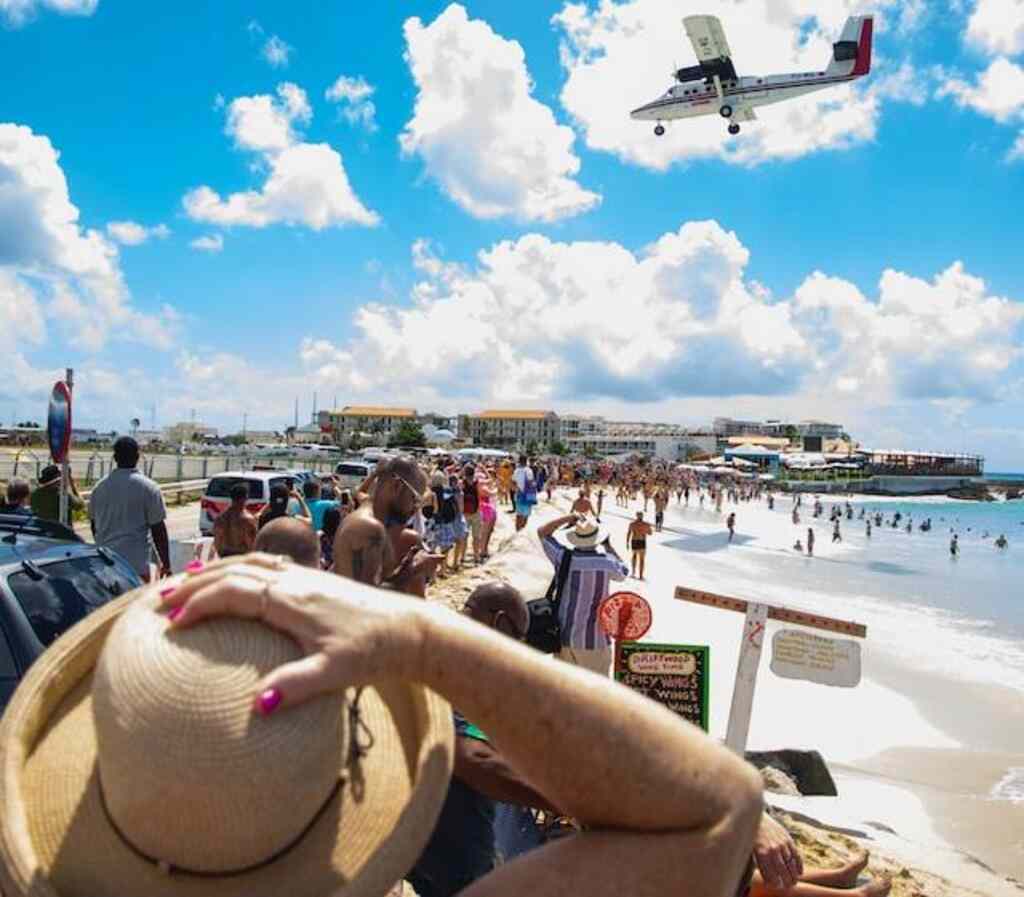
Exploring the Etymology of Sint Maarten
The etymology of Sint Maarten is a subject of much debate among scholars and historians. While there are no conclusive answers, there are several theories regarding the origin and meaning of the name.
One theory suggests that the name is derived from the Spanish phrase “San Martín,” which means “Saint Martin.” This theory is supported by the fact that the island was discovered by Christopher Columbus on November 11, which is the feast day of Saint Martin of Tours.
Another theory suggests that the name is derived from the Dutch phrase “Sint Maarten,” which means “Saint Martin.” This theory is supported by the fact that the island was colonized by the Dutch in the 17th century, and the name “Sint Maarten” appears on Dutch maps dating back to that time.
Yet another theory suggests that the name is derived from the Amerindian word “Soualiga,” which means “land of salt.” This theory is supported by the fact that salt pans were a significant part of the island’s economy in the past.
Regardless of the origin of the name, it is clear that Sint Maarten has a rich and diverse cultural heritage, shaped by centuries of history and influenced by many different cultures and languages.
The Influence of Dutch and Spanish Culture on Sint Maarten’s Name
Sint Maarten’s name reflects a rich history of cultures that have influenced its development over time. Two of the most prominent cultures to impact the island are the Dutch and Spanish.
When the Dutch first arrived on the island in the early 1600s, they named it “Sint Maarten” after Saint Martin of Tours, a popular saint in the Netherlands. The Dutch influence is also evident in the naming of the capital city, Philipsburg, after John Philips, a Scottish captain in Dutch service who played a key role in the island’s colonization.
The Spanish, who arrived on the island before the Dutch, had named the island “Isla de San Martín.” Like the Dutch, they too were influenced by Saint Martin of Tours. While the Spanish played a smaller role in the island’s history compared to the Dutch, their influence can still be seen in the names of some of the island’s landmarks, such as Fort Amsterdam.
The Influence of Dutch and Spanish Culture on Sint Maarten’s Name
| Dutch Influence | Spanish Influence |
|---|---|
| Sint Maarten, named after Saint Martin of Tours | Isla de San Martín, also named after Saint Martin of Tours |
| Philipsburg, named after John Philips, a Scottish captain in Dutch service | Fort Amsterdam, named after the Dutch settlement that was established on the island |
The Dutch and Spanish influences on the island’s name reflect the complex history of Sint Maarten and its role as a prized territory for European powers in the Caribbean. Today, Sint Maarten is an independent country within the Kingdom of the Netherlands, with a rich cultural heritage shaped by the various cultures that have called it home over the centuries.
The Arrival of the French and the Impact on Sint Maarten’s Name
After the Spanish and Dutch, the French were the last European power to arrive on Sint Maarten. They settled on the island in 1648, but it wasn’t until the late 18th century that they began to exert significant influence on the naming of the island.
The French name for the island, Saint Martin, is derived from Saint Martin of Tours, a patron saint of France who was known for his acts of kindness and generosity. The French spelling of the name is said to have been influenced by the local pronunciation of the Dutch name, Sint Maarten.
According to legend, the French and Dutch settlers held a friendly competition to determine the border between their respective colonies. The Dutch walked inland from Oyster Pond Bay and the French walked in from the north, with the two groups meeting in the middle at a small salt pond. The boundary was then set at the salt pond and the Dutch retained control of the southern part of the island, while the French took the northern part.
The impact of French culture on Sint Maarten’s name can be seen in the many French place names that still exist on the island, such as Marigot, Grand Case, and Terres Basses. In addition, the French have left their mark on the language and cuisine of the island, which still bear distinct French influences.
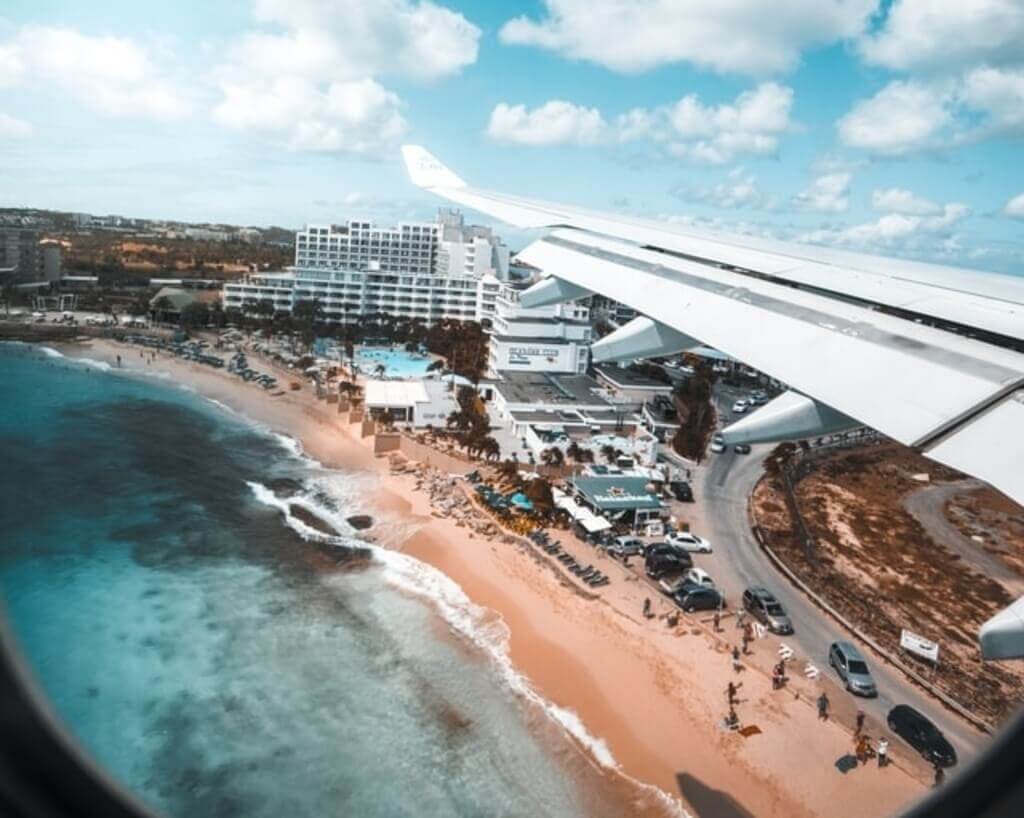
Legends and Folklore Surrounding Sint Maarten’s Name
Like many places with a rich history, Sint Maarten’s name is steeped in legends and folklore. One such legend suggests that the island was named after Saint Martin of Tours, a patron saint of France. According to the legend, a French ship carrying a statue of the saint was sailing near the island when a storm struck. The ship’s crew prayed to Saint Martin for safety, and miraculously, the storm subsided, allowing the ship to reach the island safely. In gratitude, the French named the island after the saint.
“Sint Maarten’s name is steeped in legends and folklore.”
Another story suggests that the name comes from a Dutch captain named Martin who landed on the island and claimed it for the Dutch. The island then became known as Sint Martin’s Island, which later morphed into Sint Maarten’s Island.
While the origins of these stories are unclear, they highlight the cultural significance of Sint Maarten’s name and the role it plays in the island’s history and identity.
The Modern-Day Significance of Sint Maarten’s Name
The name “Sint Maarten” continues to play an important role in the modern-day identity of the island. For locals, the name serves as a reminder of the rich history and diverse cultural influences that have shaped the land and its people. For visitors, it is a recognizable marker of the unique Caribbean destination that offers both Dutch and French experiences.
The name is also significant in the context of tourism. The popularity of the island as a vacation spot has contributed to the global recognition of the name and its association with white sand beaches, crystal clear waters, and a laid-back island lifestyle. Sint Maarten’s name is part of the draw for travelers seeking a Caribbean getaway, and it has become a valuable asset for the tourism industry on the island.
Moreover, the name has taken on symbolic significance for many who associate it with the resilience and determination of the people of Sint Maarten. The island has faced numerous challenges, including natural disasters, but has always bounced back with strength and perseverance. The name represents the steadfast spirit of the island and its people, who continue to move forward with hope and optimism.
The Significance of Sint Maarten’s Name
Sint Maarten’s name reflects the rich history and diverse cultures that have shaped the island over the centuries. From its indigenous inhabitants to Spanish, Dutch, and French settlers, each group has left its mark on the island’s name and identity.
The name “Sint Maarten” itself has a complex history, with various theories and speculations regarding its origins and meaning. Some believe it is derived from the name of Saint Martin of Tours, a patron saint of France, while others suggest it may have roots in the indigenous Arawak language or the Dutch language.
Regardless of its exact origins, the name Sint Maarten has become an integral part of the island’s identity and culture. It is celebrated in festivals, referenced in local art and literature, and serves as a symbol of the unique blend of cultures that make up the island.
Conclusion
The captivating history of Sint Maarten’s name traces back to Christopher Columbus and the celebration of St. Martin of Tours. From its original ‘San Martin’ designation, the name underwent a transformation with Dutch influence, resulting in ‘Sint Maarten.’
Today, the island stands as a testament to its rich heritage, with two territories, French Saint-Martin and Dutch Sint Maarten, embodying the shared legacy of its discovery and naming.
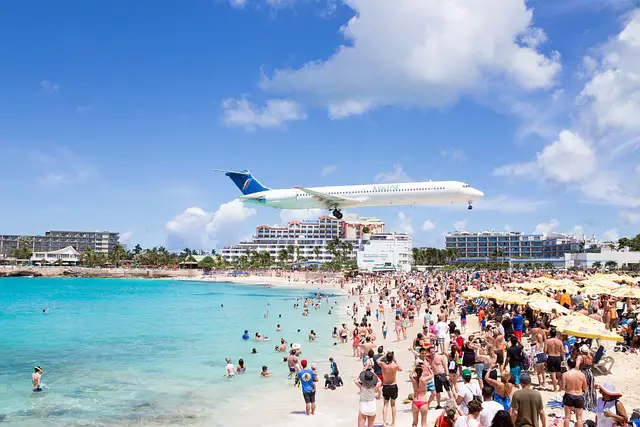
Frequently Asked Questions about Sint Maarten’s Name
Q: How did Sint Maarten get its name?
A: The origin of Sint Maarten’s name is still a mystery, though there are several theories. Some suggest it was named after St. Martin of Tours, a patron saint of France, while others believe it was named after Christopher Columbus’ patron saint, Saint Martin de Porres. Another theory proposes that it was named after the Dutch city of Sint Maarten.
Q: What is the history of Sint Maarten’s name?
A: The island was first inhabited by indigenous tribes, and then colonized by the Spanish and the Dutch. It was known by different names during various periods, including Soualiga, Isla de San Martín, and Sint Maarten. The final name was likely influenced by the Dutch and Spanish cultures.
Q: What is the meaning behind Sint Maarten’s name?
A: The meaning behind Sint Maarten’s name is not definitively known. It is possible that the name is a variation of Saint Martin’s name, or that it was derived from the Dutch or Spanish languages. Some theories suggest that it may be related to the island’s geography.
Additional Questions:
Q: Was Sint Maarten always a Dutch-controlled territory?
A: No, Sint Maarten was initially colonized by the Spanish in the 16th century. The Dutch eventually gained control of the island in 1648.
Q: What languages are spoken on Sint Maarten?
A: The official languages of Sint Maarten are Dutch and English, though Spanish and French are also commonly spoken.
Q: What is the significance of Sint Maarten’s name in modern times?
A: Sint Maarten’s name continues to reflect the rich history and cultural influences of the island. It is also an important tourism destination known for its beautiful beaches and vibrant nightlife.

